The Assessment of Fashion Design Merchandising Program
The mission of the instruction program in FDM is to provide students with appropriate knowledge and skills for …

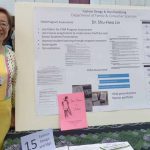
The mission of the instruction program in FDM is to provide students with appropriate knowledge and skills for …

Exploring possibilities for, and effects of, Integrated Performance Assessments (IPAs) in the Department of East Asian Languages and …
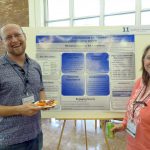
This poster describes strategies to build faculty capacity in curriculum design and alignment and ways to plant the …
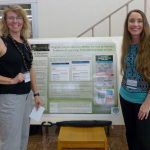
The development and implementation of surveys to assess learning within the College of Education (COE) for students in …

This poster describes the program student learning outcomes development process in the Dental Hygiene BS degree program. It …
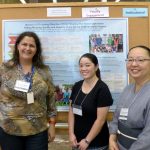
The purpose of this poster is to describe for faculty, staff and students what the ILOs are, why …
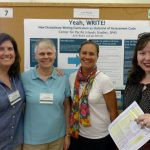
Pacific Island Studies at the University of Hawaiʻi at Mānoa has 6 teaching faculty and 20 majors enrolled …
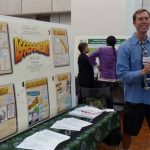
Observing that many faculty within the Theater Department at the University of Hawaiʻi at Mānoa lacked a strong …
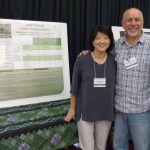
The School of Social work at the University of Hawaiʻi at Mānoa consists of three programs – BSW, …
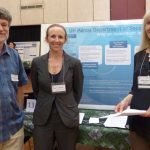
The Sociology Department at the University of Hawaiʻi at Mānoa (UHM) made significant changes to program assessment during …

At the University of Hawaiʻi at Mānoa, the Department of Biology is comprised of over one thousand undergraduate …
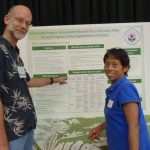
In fall 2014 and spring 2015 the Botany faculty at the University of Hawaiʻi at Mānoa devised programmatic …
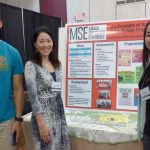
The University of Hawaiʻi at Mānoa’s highest attrition rate occurs between students’ first and second years. This issue …
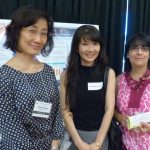
The Chinese Section at the East Asian Languages and Literatures (EALL) department at University of Hawaiʻi at Mānoa …
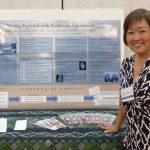
The Hawai‘i Rehabilitation Counseling program (HRC) at the University of Hawaiʻi at Mānoa (UHM) prepares graduate students to …

The Filipino program has engaged in assessment activities in the past but these efforts are limited and uncoordinated. …
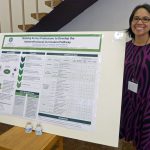
This poster presents the assessment of curriculum through the Interprofessional Education committee, which was created in 2015 with …
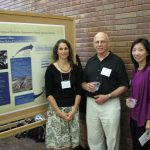
The Assessment Office supports programs as they engage in program-level assessment of student learning. Program assessment is undertaken …
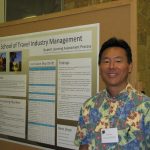
In February 2009, the TIM School, through its Faculty Senate, began a process of program assessment with the …
In this two-part workshop, program assessment and curriculum leaders will take away strategies to efficiently engage faculty in …
In collaboration with the Graduate Division, the Assessment and Curriculum Support Center hosted this workshop: Graduate Program Assessment-for-Learning-Improvement Showcase. …
Pauline Mashima, Associate Professor, presents on the assessment practices of the Communication Sciences and Disorders MS Program. Citation: …
Amanda Smith, Assistant Professor of Curriculum Studies and Coordinator for the MEd Literacy Specialist Program, presents on the assessment …
Kavita Rao, Professor of Special Education, presents on the assessment practices of the Education PhD program. Citation: Rao, …
Maya Saffery, Specialist in the Kawaihuelani Center for Hawaiian Language, presents on the assessment practices of the Hawaiian …
Mike Menchaca, Professor & Chair, presents on the assessment activities of the Learning Design & Technology MEd Program. …
Rich Gazan, Professor and Chair, presents on the assessment practices of the Library & Information Science Master’s program. …
Monica Esquivel, Assistant Professor of Human Nutrition, Food and Animal Sciences, presents on the assessment practices of the …
Seunghye Hong, Associate Professor, presents on the assessment activities of the Social Work Master’s program. Citation: Hong, S. …
Joy Logan, Professor, presents on the assessment activities of the Spanish MA program. Citation: Logan, J. (2021, April …
Priyam Das, Chair and Associate Professor, presents on the assessment activities of the Urban and Regional Planning Master’s program. …
General Information Student learning is a campus-wide responsibility, and assessment is a way of enacting that responsibility. The …
In this workshop, you can learn how assessment champions and coordinators can increase faculty colleagues’ participation in program …
This workshop is a panel session on program learning outcomes assessment with faculty from Architecture, Kinesiology & Rehabilitation …
In this workshop, participants will learn program learning outcome assessment practices in graduate programs; tools and strategies to …
This workshop aims to support improvement of graduate program assessment of student learning and help participants develop assessment …
In this workshop, attendees will have the opportunity to consider various options and discuss which might work best …
This workshop explores what good program assessment of learning might look like. PowerPoint Handout Workshop Evaluation Report Level: …
In this workshop, participants will learn about finding good examples of rubrics to adapt or adopt; working with …
This workshop introduces several basic facilitation techniques to help workshop attendees lead a collaborative meeting. Handouts Workshop Evaluation …
In this workshop, the facilitator will discuss how faculty members can use program-level assessment results for program improvement. …
In this workshop, attendees will learn components of an assessment plan; strategies to involve faculty and students in …
In this workshop, participants will learn how to select appropriate pieces of evidence that demonstrate student learning using …
In this workshop you will learn how to ensure the oral presentations are aligned to program learning outcomes; …
In this workshop you will learn how to create a signature or key assignment that is aligned with …
In this workshop, attendees will learn and practice techniques to identify meaningful assessment projects and address program concerns …
In this workshop, attendees will leave with several blueprints that will help them move their program through the …
This workshop is an introduction to what program assessment is; to understand faculty members’ roles in program assessment; …
In this workshop, participants will learn how to extract assessment data from student evaluations such as oral exams, …
This workshop was facilitated for a non‐UHM campus. Based on pre‐workshop meetings with the campus leaders, the AO …
In this workshop, participants will learn how to document conversations and use them as evidence in program assessment. …
In this workshop, the presenters will discuss how to use a rubric for program assessment, and how to …
This workshop provides strategies to identify and use existing artifacts and discusses the benefits of using assignments from …
This workshop is an introduction to Program Assessment and the Assessment Cycle. PowerPoint and Handout
This workshop is a big-picture perspective on program-level assessment. The facilitators will use a UHM assessment report to …
Connecting Student Learning and Assessment (PowerPoint) Meeting for Program Assessment Coordinators (PowerPoint) Meeting for Campus Leaders (PowerPoint) Meeting …
The workshop used real-life examples to demystify assessment; participants listened to a short lecture and engaged in a …
This workshop features a panel of faculty members from different disciplines sharing their own take on assessment. Panel …
This workshop is an orientation for new teaching assistants to learn more about assessment. PowerPoint Handout
This workshop is an orientation for new faculty to learn about assessment. Handout
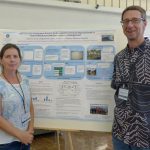
In this poster, assessment activities in Natural Resources and Environmental management (NREM) were designed to address three critical …
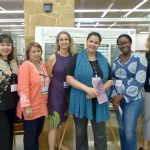
This poster presents undergraduate assessment results for critical thinking, information literacy, quantitative reasoning, and written communication based on …
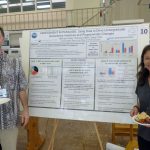
At the University of Hawaii at Manoa (UHM), the undergraduate geoscience programs are housed within the School of …
The basic steps: Define the program goals and/or mission. Establish student learning objectives/outcomes (SLOs). Determine “learning opportunities” (i.e., …
Enhance graduate students’ learning environment through the tools of program learning assessment. Hear from and share with our …
The first half of this document defines and discusses the capstone experience. The latter half covers using capstones for …